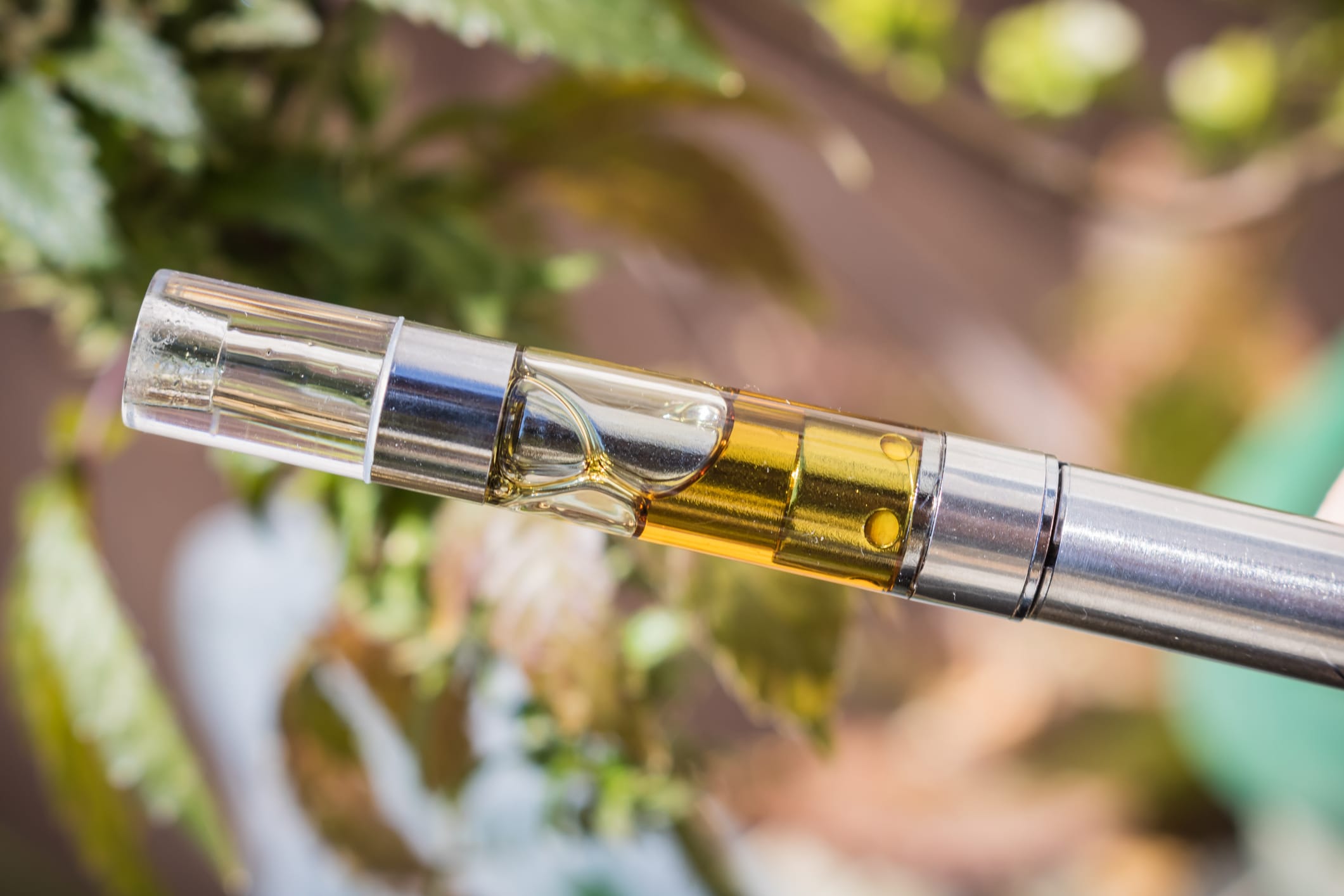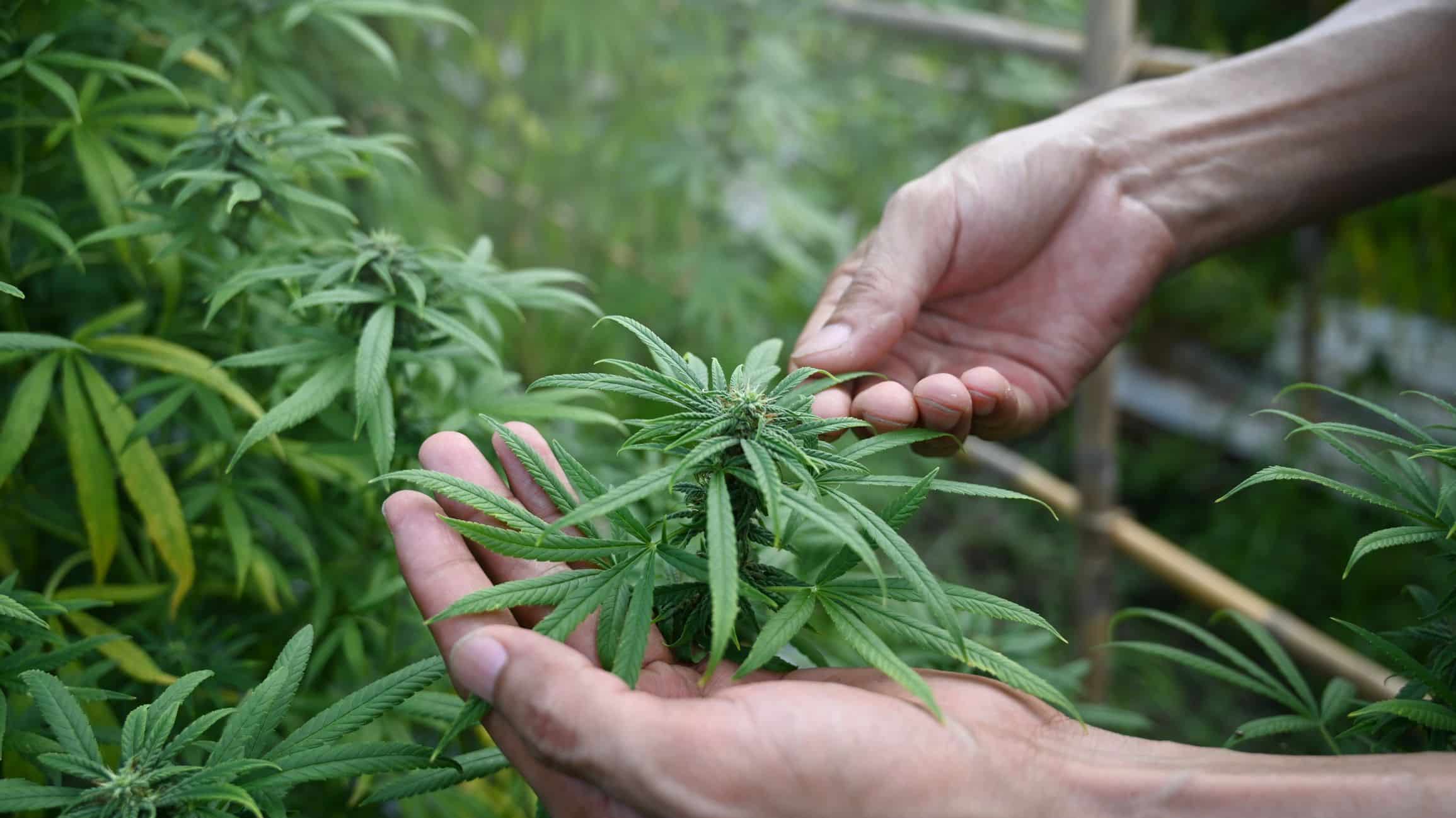As the Westchester cannabis industry evolves, consumers are becoming more interested in the components that make up their favorite strains. Beyond cannabinoids like THC and CBD, terpenes and flavonoids play a crucial role in defining the characteristics and benefits of cannabis. This article will delve into what terpenes and flavonoids are, their importance, and how they influence the effects and therapeutic benefits of cannabis.
What are Terpenes?
Terpenes are aromatic compounds found in many plants, including cannabis. They are responsible for the distinctive smells and flavors of different strains, ranging from citrusy and floral to earthy and piney. But terpenes do more than just provide scent and taste; they also affect how cannabis affects its users.
Research suggests that terpenes can influence the cannabis experience through a phenomenon known as the “entourage effect.” This theory proposes that terpenes work synergistically with cannabinoids to enhance and modify the plant’s overall effects. For example, myrcene is known for its sedative qualities and can increase THC’s intoxicating properties, while limonene boosts mood and can provide anxiety relief.
Common Terpenes in Cannabis
- Myrcene: One of the most common terpenes, known for its earthy, musky notes. It is believed to help with relaxation and sleep.
- Limonene: Commonly found in citrus fruits as well, it’s known for its stress-relieving and mood-enhancing effects.
- Pinene: Offers a pine-like aroma, it is said to help with alertness and memory retention.
- Linalool: With a floral and spicy scent, it is thought to have calming and anti-anxiety effects.
What are Flavonoids?
Flavonoids are a diverse group of phytonutrients found in almost all fruits and vegetables, which give plants their vibrant colors. In cannabis, flavonoids are known as cannaflavins, which contribute to the sensory experience of cannabis by influencing its color, taste, and smell. More importantly, flavonoids possess antioxidant properties and may have anti-inflammatory, anti-cancer, and neuroprotective benefits.
Common Flavonoids in Cannabis
- Cannaflavin A, B, and C: Unique to cannabis, these flavonoids are researched for their anti-inflammatory properties.
- Quercetin: Known for its antioxidant and anti-inflammatory benefits.
- Kaempferol: May help in fighting cancer and chronic diseases due to its antioxidant properties.
How Terpenes and Flavonoids Enhance Cannabis
The interaction between terpenes, flavonoids, and cannabinoids creates a complex symphony of health benefits and sensory experiences. This synergy not only affects potency and efficacy but also potentially enhances medical benefits, making cannabis a uniquely versatile plant. Understanding this can help consumers and medical practitioners choose strains that are more tailored to individual health needs and preferences.
The deeper science of cannabis reveals how much there is to appreciate about this complex plant beyond its basic cannabinoid content. Terpenes and flavonoids enrich the cannabis experience, offering a holistic effect that varies from strain to strain. By understanding these compounds and their effects, consumers can make more informed decisions and explore cannabis on a new level, tailoring their experience to their personal preferences and health needs.








